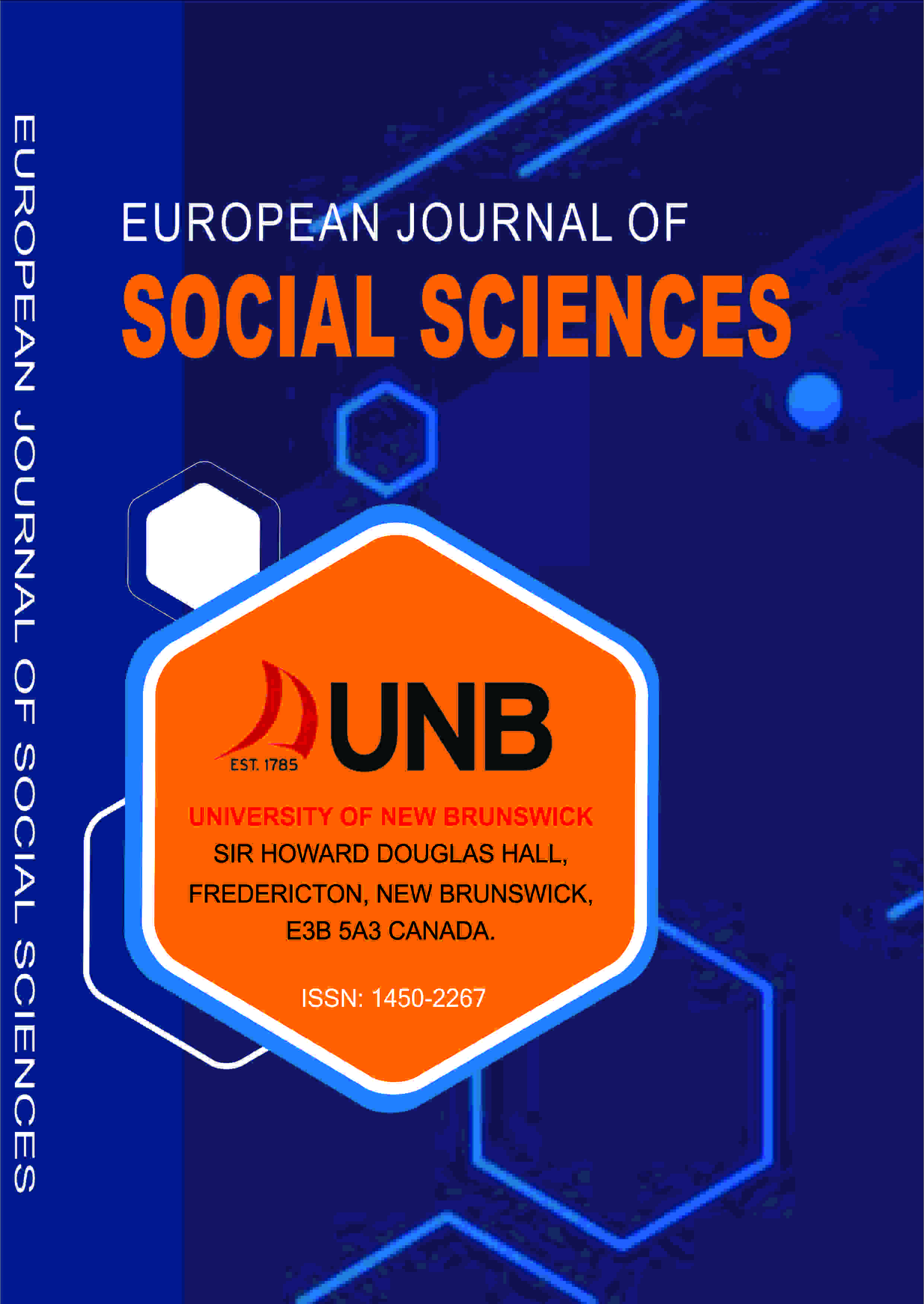EUROPEAN JOURNAL OF SOCIAL SCIENCES (EJSS)
Crisis Communication and Public Trust: Comparative Study of Hawaii’s False Alert and Nigeria’s Insecurity Response
E-ISSN: 4899-5667
P-ISSN: 1450-2267
DOI: https://iigdpublishers.com/article/792
Effective crisis communication is a corner stone of public trust and state legitimacy during emergencies. This study interrogates the dynamics of crisis communication and its effect on public trust by undertaking a comparative analysis of two critical case studies: the 2018 Hawii false missile alert and the Nigerian government’s communication response to ongoing insecurity crisis, particularly insurgency and banditry between 2015 and 2023. Both cases represent contrasting political, technological, and socio-cultural contexts but converge on the pivotal question of how public institutions manage crisis, disseminate information, and maintain credibility under pressure. The study is anchored on the Situational Crisis Communication Theory (SCCT), which emphasizes the importance of choosing the right communication strategies based on the nature of the crisis and the level of responsibility attributed to the organization. Through this theoretical lens, the research examines the crisis response mechanisms of both governments and how they shaped public perception and trust. Thus, the thematic foci of this study encompasses: Timeliness and Transparency of Communication-comparing the immediate responses and rectification efforts following the crisis in both region; Government Accountability and Institutional Credibilityexamining public trust levels in the aftermath of crisis communication failures or successes; and Role of Media and Digital Platforms in Crisis Amplification or Mitigation-assessing the influence of traditional and social media in shaping crisis narratives an citizen reactions. This study adopts a qualitative comparative case study methodology, drawing from media reports, official government statements, public opinion surveys, and academic literature because it will contribute to academic discourse by bridging Global North-South experiences in crisis communication, highlighting structural, cultural, and institutional determinants that shape public trust. In conclusion, the study reveals that while the Hawaiian case showcased a rapid correction and clear chain of accountability that helped restore some public trust, the Nigerian context remains marred by fragmented communication strategies, politicization of insecurity, and a widening trust deficit.
Bailey Beauty Binakori & Sambo Johnson Madigwe
Adebayo, R. (2020). Public trust and Nigeria’s Insecurity dilemma: The role of governance. African Security Review, 29 (2), 134-149. https://doi.org/10.1080/10246029.2020-174609
Adebayo, R. (2020). Public trust and Nigeria’s Insecurity dilemma: The role of governance. African Security Review, 29 (2), 134-149. https://doi.org/10.1080/10246029.2020-174609
Adebayo, R., & Olayinka, T. (2021). Crisis communication and insecurity in Nigeria: The politics of silence and misinformation. African Journal of Communication, 8 (2), 45-62.
Boin, A., & Hart, P. ‘t (2003). Public leadership in times of crisis: Mission impossible? Public Administration Review, 63 (5), 544-553. https://doi.org/10.1111/1540-6210.00322
Boin, A., & Hart, P. ‘t (2003). Public leadership in times of crisis: Mission impossible? Public Administration Review, 63 (5), 544-553. https://doi.org/10.1111/1540-6210.00322
